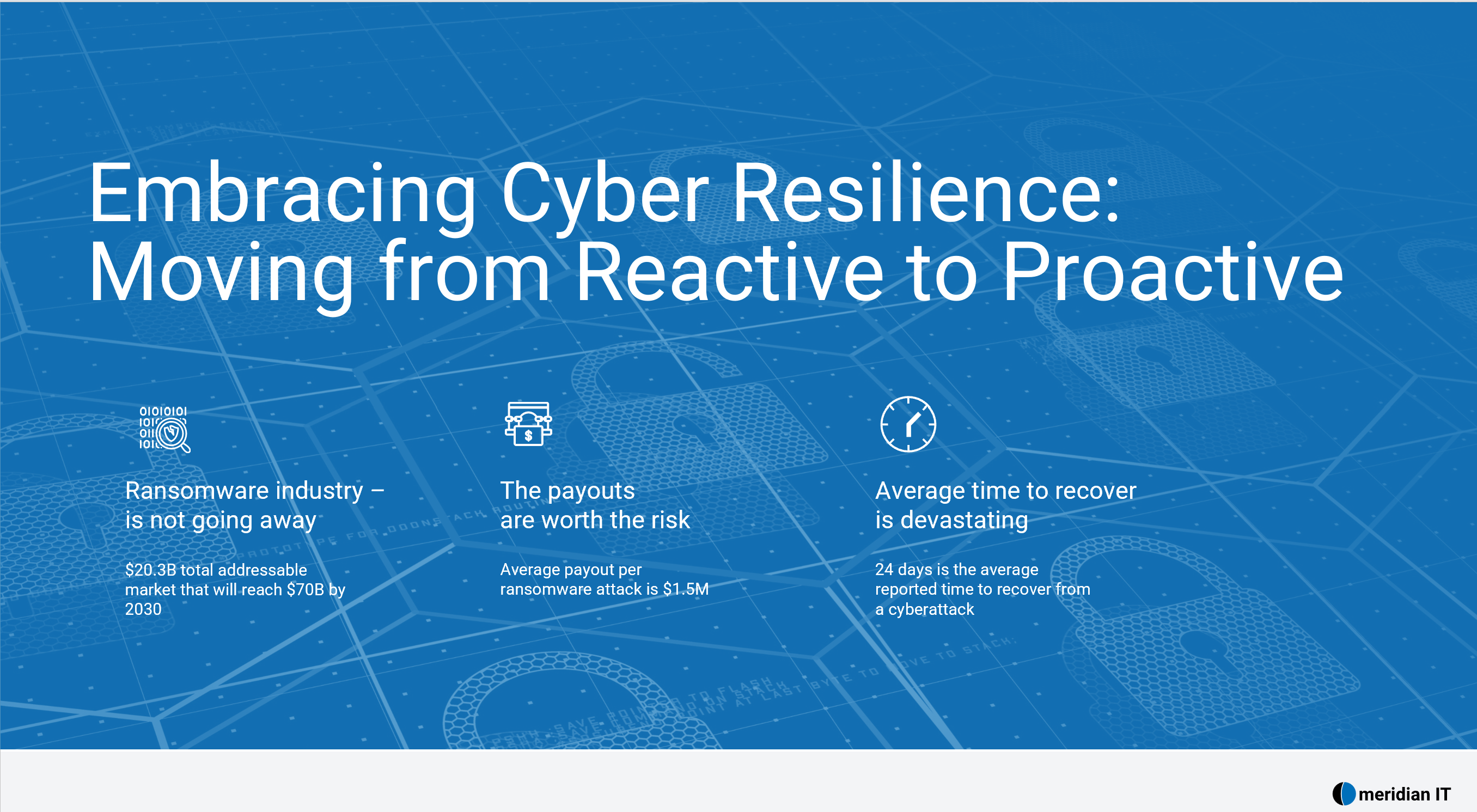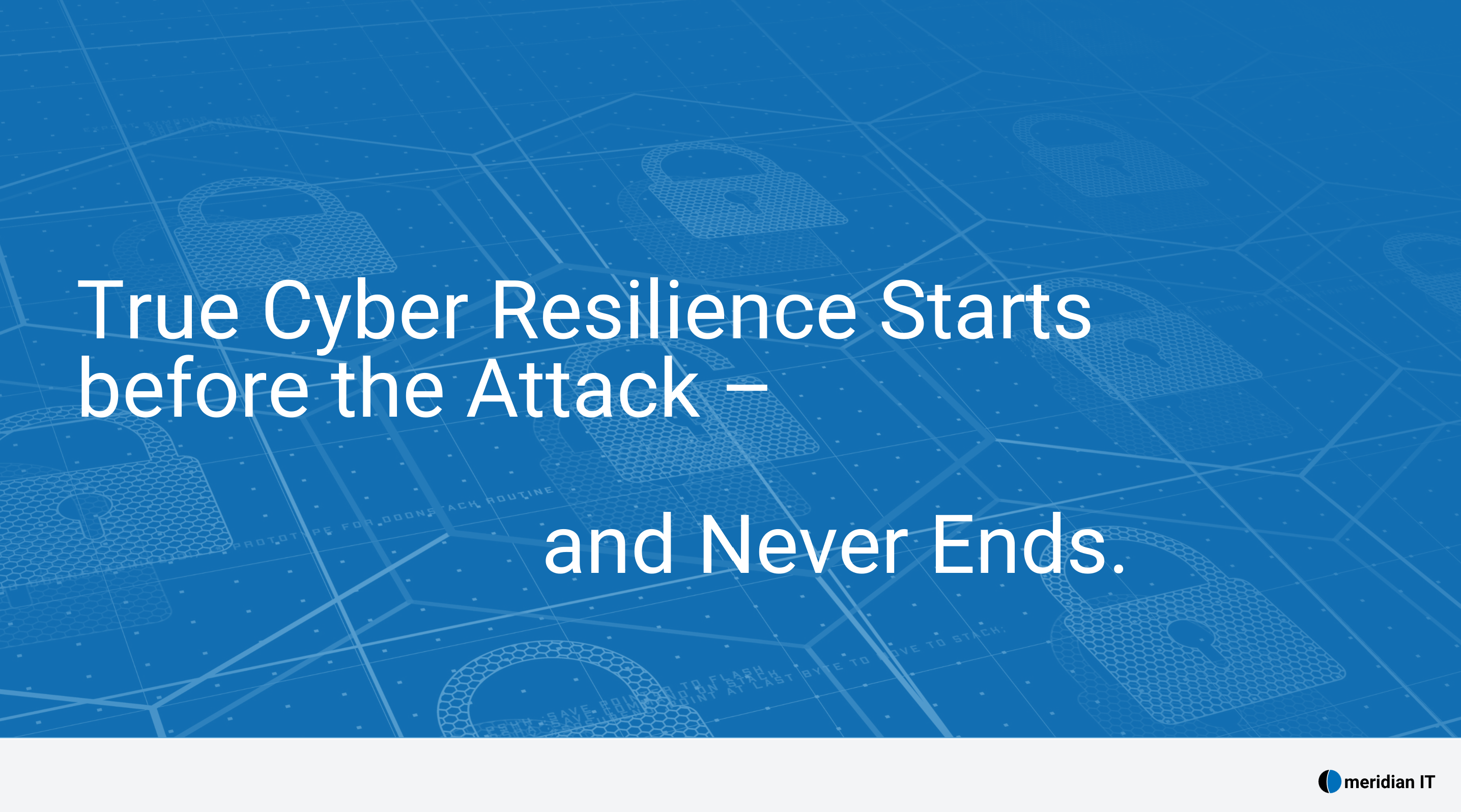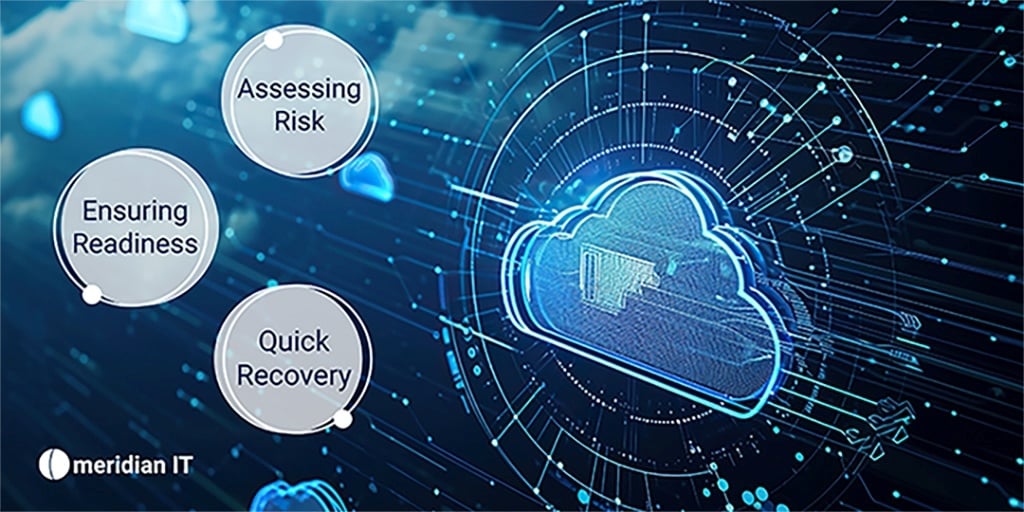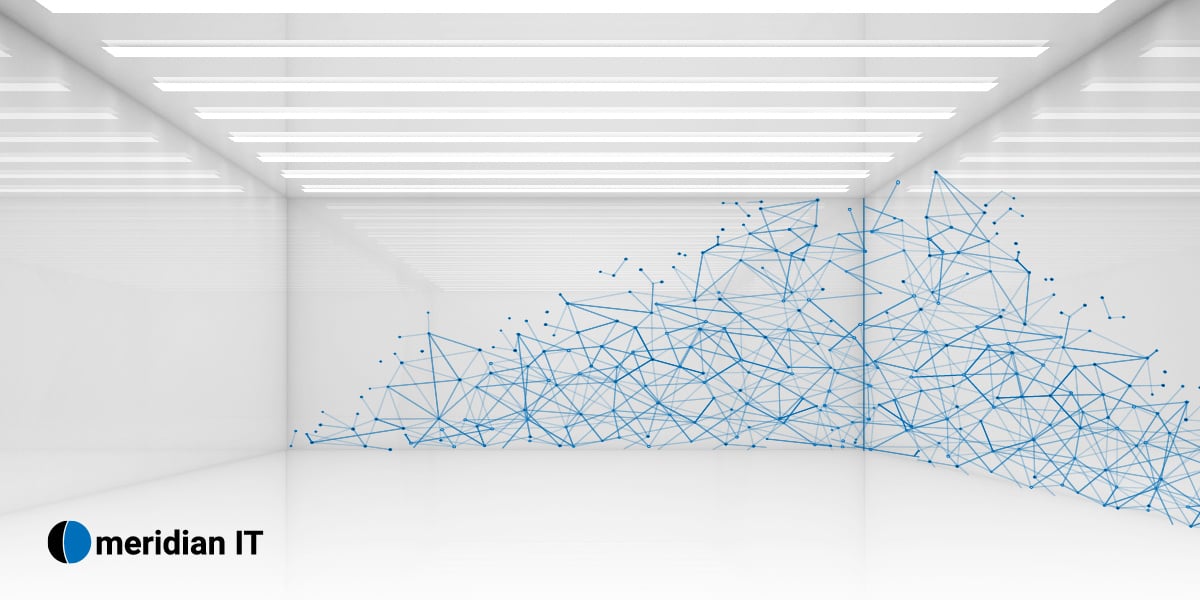In today’s digital age, safeguarding your organization’s data is paramount. While data backup and cyber resilience might seem synonymous to many, understanding the distinction between the two is critical in fortifying your business against cyber threats. Let’s delve into a three-pronged approach that focuses on understanding your risk profile, ensuring readiness for an attack, and securing swift recovery.
Understanding Your Risk Profile
Risk Profile Assessment: The Foundation of Cyber Defense
A comprehensive risk profile assessment is the bedrock of any robust cybersecurity strategy. It involves identifying and evaluating the specific threats your organization faces. This step is crucial for both cyber resilience and data backup, but it holds a distinct purpose for each.
Cyber Resilience: This concept revolves around your organization’s ability to anticipate, withstand, and recover from cyber incidents. Understanding your risk profile allows you to put in place robust defensive measures tailored to the specific threats you face. A nuanced risk profile can help prioritize investment in systems and processes that enhance your resilience.
Data Backup: On the other hand, while data backup is an essential component of cyber resilience, it serves a more narrowly defined role. Knowing your risk profile allows you to determine the criticality of various data sets and ensures that backup schedules and methods are aligned with the importance and sensitivity of the data.
Ensuring Your Readiness for an Attack
Proactive Measures: Building a Cyber-Ready Organization
Ensuring your readiness for an attack goes beyond having a backup of your data. It’s about creating an organizational culture that is prepared for potential threats.
Cyber Resilience: Readiness in cyber resilience means having systems that can detect and respond to threats in real time. This includes regular training for employees, continuous monitoring of networks, and having a robust incident response plan in place. Cyber resilience ensures that your systems and teams are not just reactive but proactive in managing potential threats. This holistic approach can greatly mitigate the impact of a cyber attack.
Data Backup: While data backup is an essential part of readiness, it focuses on ensuring that copies of your data are regularly updated and stored securely. This might involve regular automated backups, offsite storage solutions, and frequent testing of backup integrity. Backup ensures that in the event of data loss, your essential information can be restored, but it does not necessarily prepare your organization to cope with the attack itself.
Ensuring Your Recovery is as Quick as Possible
Swift Recovery: The Ultimate Goal
When a cyber attack occurs, the speed and efficiency of your recovery are paramount. This is where the distinction between cyber resilience and data backup becomes most evident.
Cyber Resilience: A resilient organization can maintain critical operations even during an attack. Cyber resilience involves implementing strategies that ensure continuity, such as having redundant systems, failover procedures, and robust communication plans. The focus is on minimizing downtime and reducing the overall impact on your business operations. Cyber resilience ensures that you not only survive an attack but continue to operate effectively.
Data Backup: In contrast, data backup is about restoring lost or corrupted data to its original state. The speed and ease of recovery depend on how well your backup strategy has been implemented. Regularly tested and validated backups can significantly reduce the time needed to restore operations. However, it’s important to note that while data backup is critical for recovery, it does not address operational continuity during the attack.
Your Next Step to Becoming Cyber Resilient
Meridian IT and Commvault have teamed up to create a solution that ensures your company is cyber resilient.
True cyber resilience starts before the attack, and it never ends. It’s an ongoing process across practices to understand your risk profile and improve your data security posture, to ensure readiness with early warning of attacks and ransomware infections, plus the ability to validate clean recovery points and test recovery before a cyber event, and then when it’s time to recover, making sure you have a bulletproof, predictable, frictionless recovery – at any scale.
And how do you do that? By ensuring you have a team of experts that can help you change from just protecting your data through backups to instituting the three-pronged approach for cyber resilience that includes focusing on your risk profile, ensures your readiness for an attack, and ensures your recovery is a quick as possible.
Meridian’ mProtect solution enables you to do just that. By leveraging Commvault’s best in class suite of cyber resilience software, our team of experts will conduct continuous data scanning, risk assessments, and remediation plans to analyze your risk profile. They will ensure you’re ready for any type of attack through early warnings, threat detection, and recovery testing. Your backups are secured, encrypted, air-gapped, and immutable, leveraging a great ecosystem of integrations.
All through a simplified flexible monthly consumption model that bundles Commvault software, Meridian managed services, and optional hardware.




